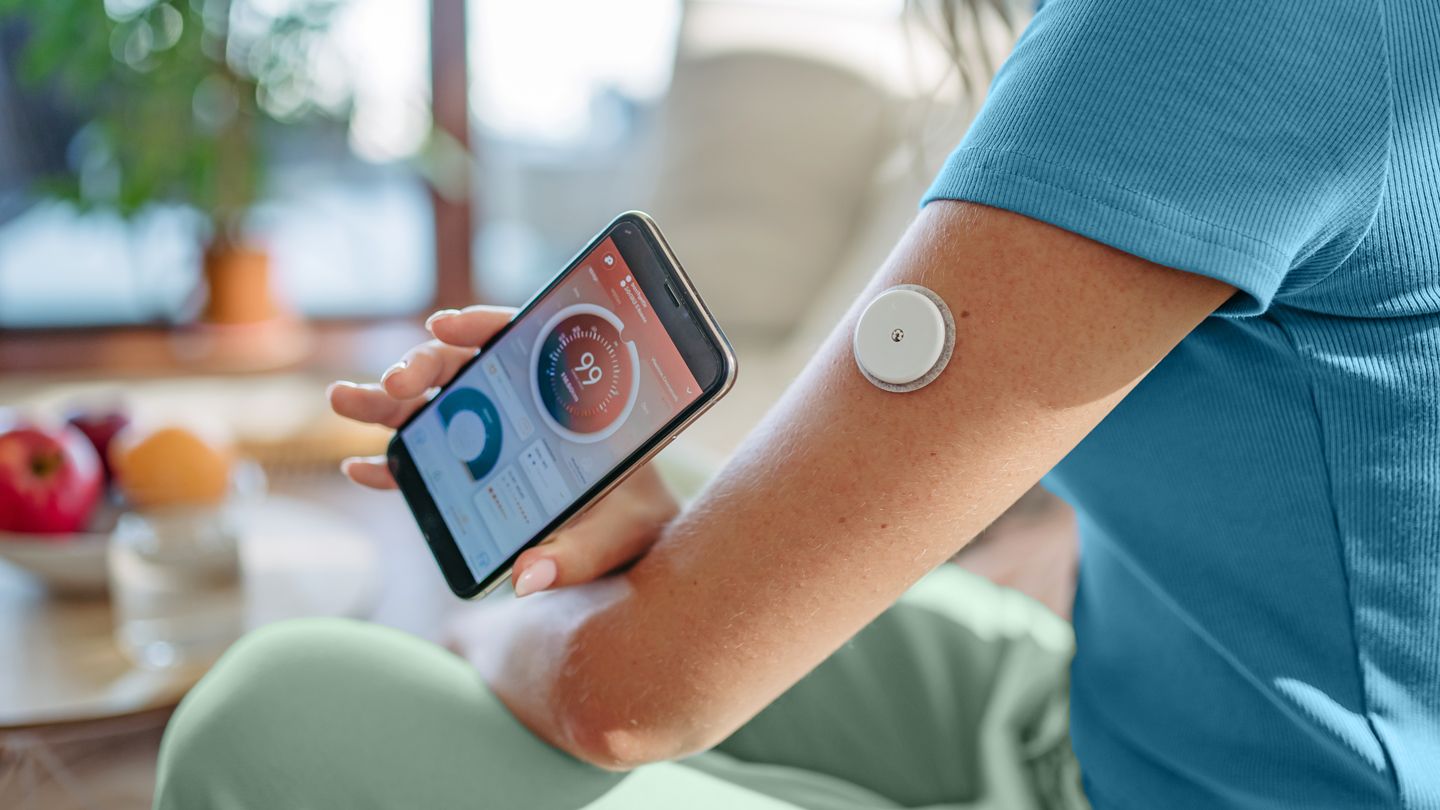David Ahn, MD, an endocrinologist at Hoag Urgent Care in Newport Beach, California, is skeptical that detailed CGM blood sugar data will be helpful to people without diabetes. “CGM is a really valuable tool to help people understand their relationship with food and their blood sugars,” he says, but it’s not at all optimized for people who don’t already experience unhealthy blood sugar swings.
Dr. Ahn says that CGMs tend to be more accurate when blood sugar is above or below the normal range. That’s a significant benefit for people with diabetes, but it means that “the accuracy and reliability of these biosensors is not necessarily appropriate” for people who do not experience hypoglycemia (low blood sugar) or hyperglycemia (high blood sugar).
When your blood sugar data is both imprecise and mostly restricted to a narrow range, it can be difficult to interpret. In a 2025 study, 18 diabetes specialists were asked to evaluate the CGM data from a variety of individuals without diabetes. These doctors did not agree about who needed follow-up care, and who didn’t. “Even experts don’t agree on how to interpret CGM for people without diabetes,” says Ahn. “How can we expect people without diabetes to interpret these results?”
Dr. Isaacs, however, argues that the benefits of blood sugar data will outweigh the risk of misinterpretation, especially when it comes to people who do not know that they’re regularly experiencing hyperglycemia: “38 percent of adults are living with prediabetes, but the problem is, a lot of people don’t know. They have no idea that they are living with this condition.”
“We shouldn’t be using these devices to diagnose diabetes. But certainly, if a person wears the device and sees that they’re constantly above 200 mg/dL, that will prompt them to go see their healthcare provider and get the proper testing,” she says. “Being able to uncover all the people walking around there who have prediabetes or undiagnosed type 2 diabetes — think about the implications for public health!”
Read the full article here




